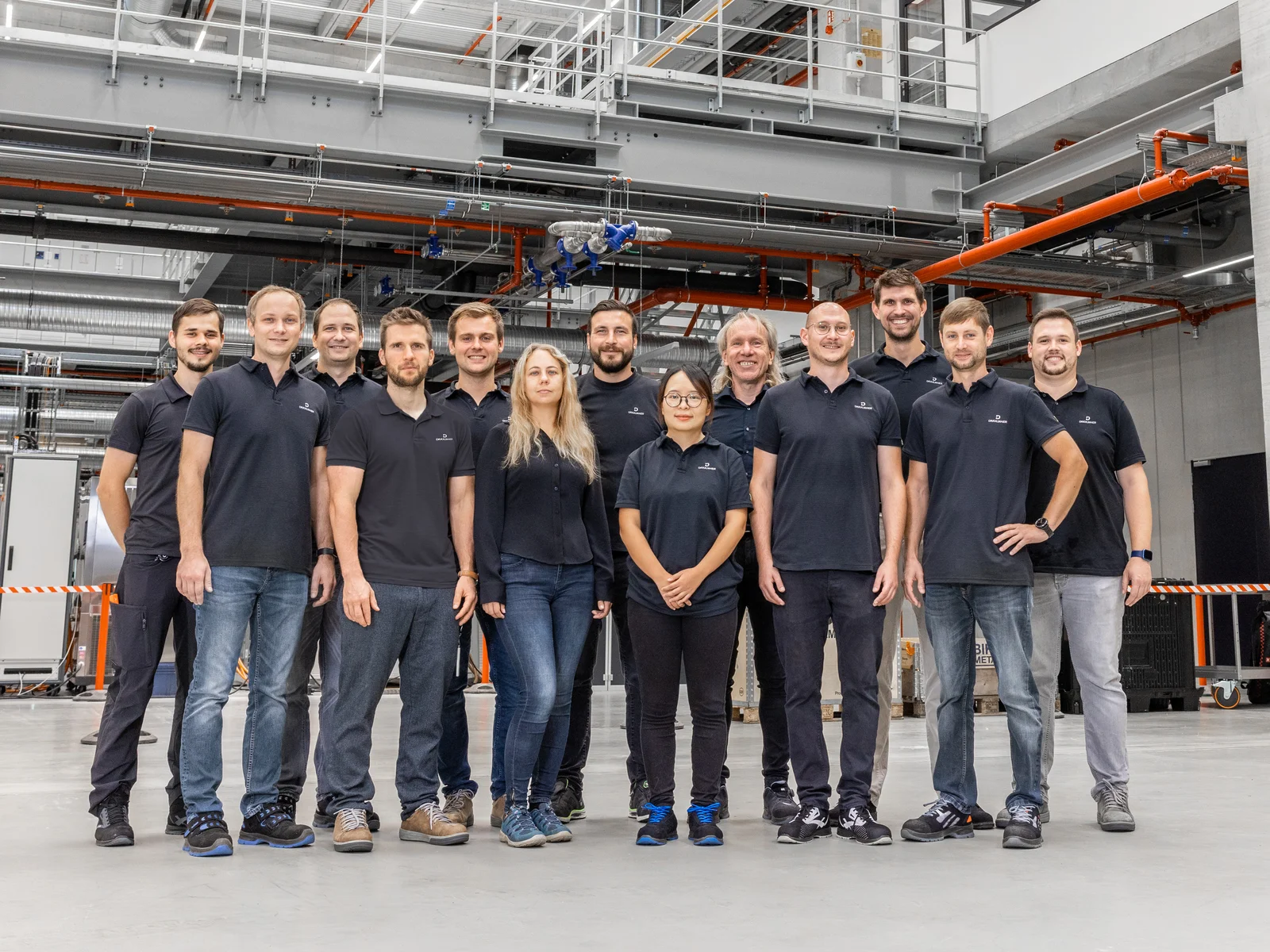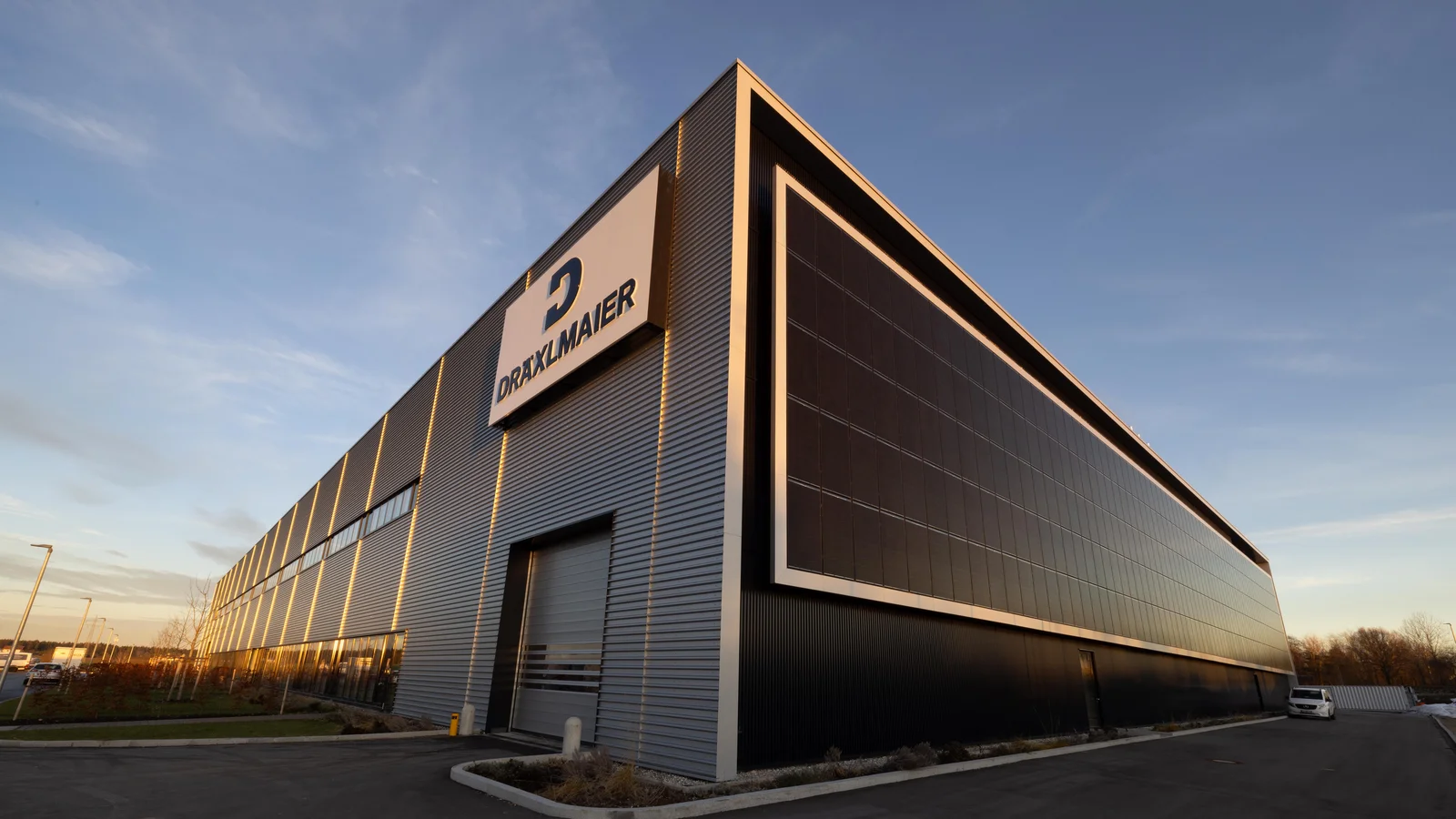
Top performance and reliability
The validation center for high-voltage battery systems, built at the headquarters in Vilsbiburg, is an integral part of our technology center. On an area of around 3,000 m², state-of-the-art facilities and technologies are used for comprehensive testing and validation of high-voltage battery systems and their components.
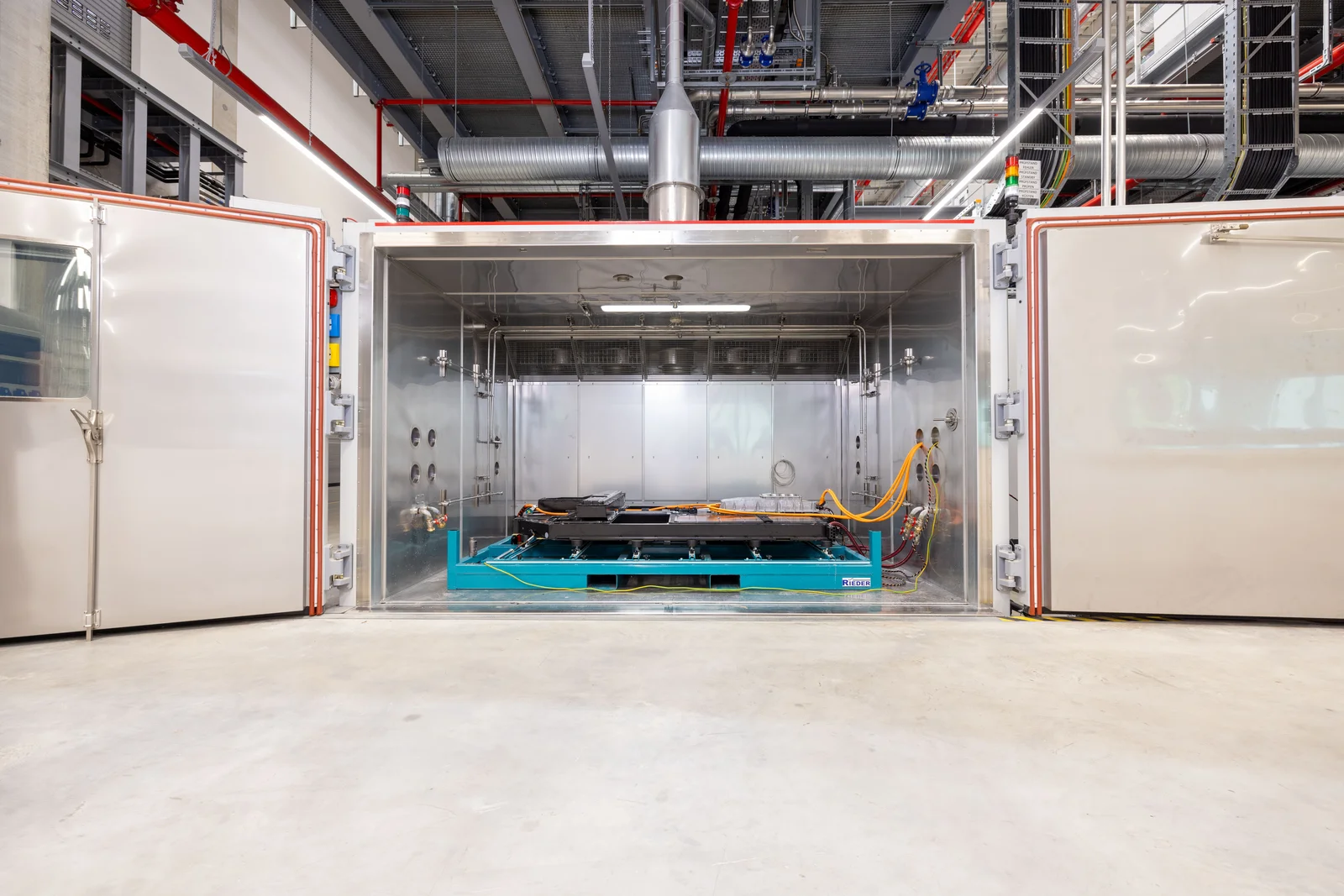
Endurance test benches
Performance under extreme conditions
At the DRÄXLMAIER validation center, high-voltage battery systems are tested under extreme climatic conditions in order to evaluate their aging and performance. Our endurance test benches provide the ideal environment for these demanding tests. By operating the high-voltage systems under varying climatic conditions, we ensure that our test parts meet the highest quality standards.
Our testing facilities in detail:
Climate chamber size: 21 m³
Test temperature: -48 °C to +120 °C (max. ±5 K/min)
Relative humidity: up to 95 %
Electrical operation: up to 1 MW (1200 A/1200 V) with temporary overload capability
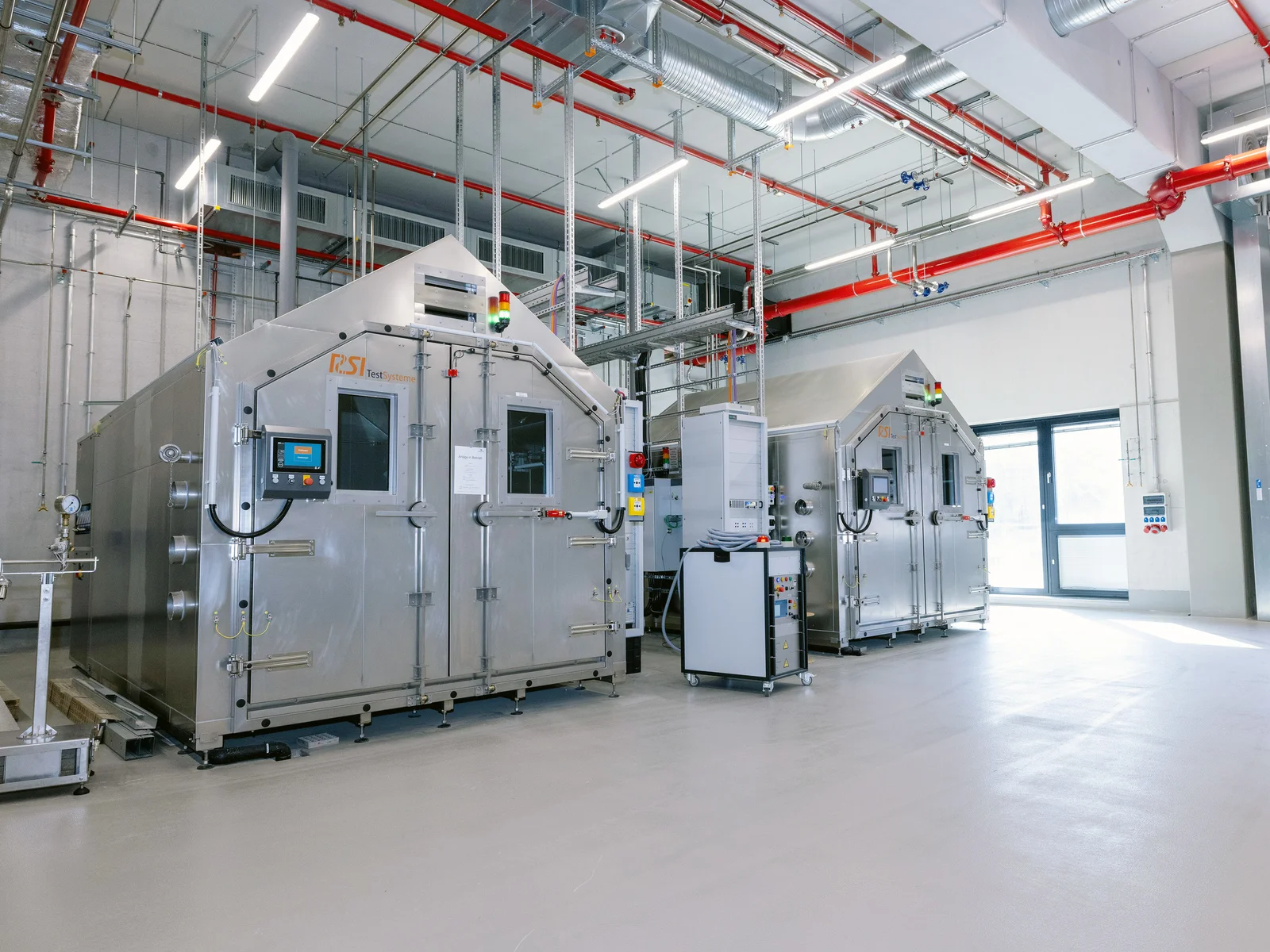
Salt spray chamber
Corrosion resistance under extreme influences
At the DRÄXLMAIER validation center, high-voltage battery systems are tested for corrosion resistance according to standards to ensure that they can withstand the most demanding conditions. Our salt spray chambers provide the perfect environment for these tests, both for indoor and outdoor applications.
Our testing facilities in detail:
System size: 19 m³ each
Test temperature: -20 °C to +55 °C
Electrical operation: up to 500 KW (1200 A/1200 V)
Test options: salt spray or condensation climate
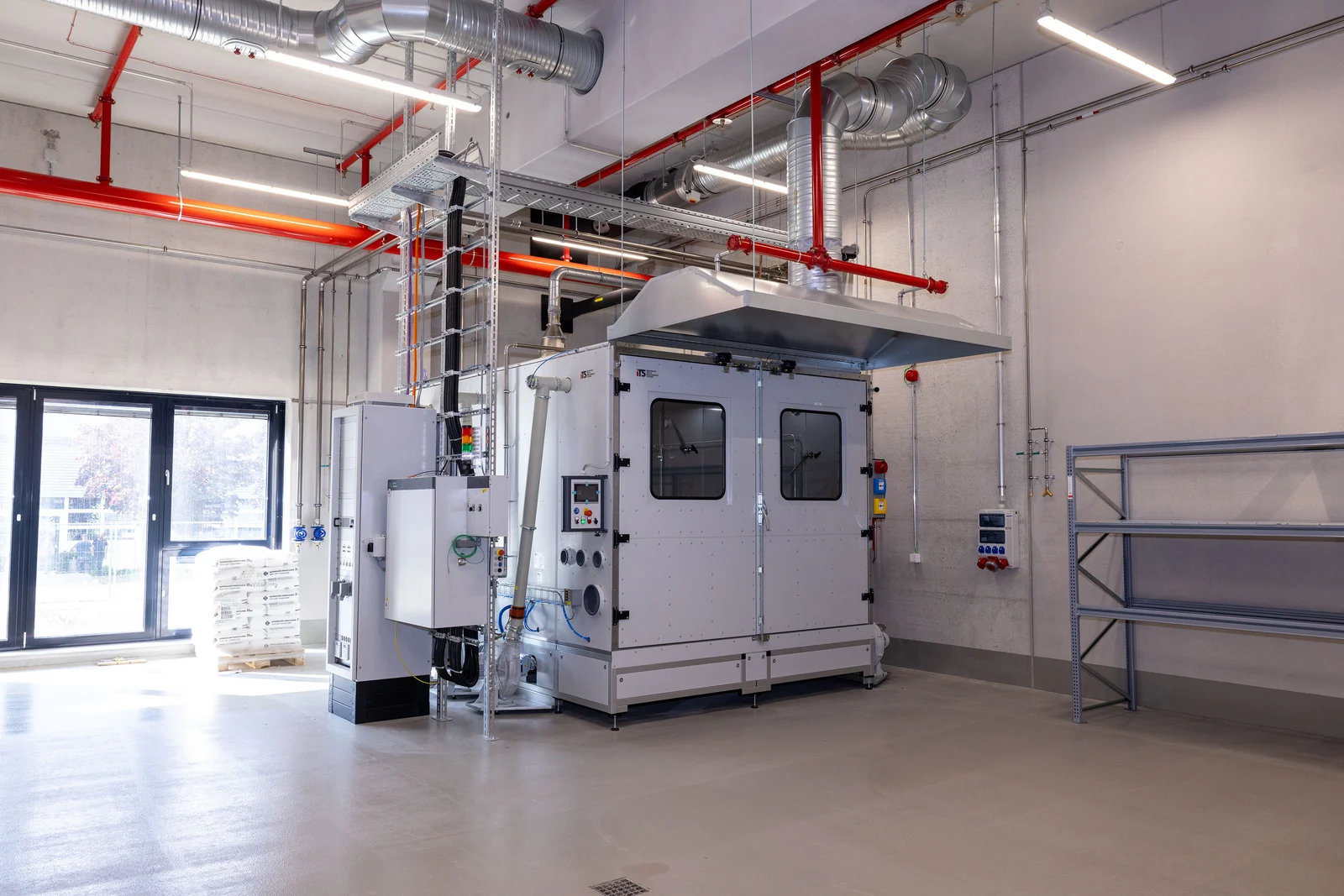
Dust chamber
Precise leak testing
The standard-compliant leak test ensures that the test parts function reliably even under extreme conditions. Our dust chamber offers optimum conditions for testing, both for indoor and outdoor applications.
Our test facility in detail:
Volume: 18 m³
Electrical specifications: up to 500 kW (1200 A/1200 V)
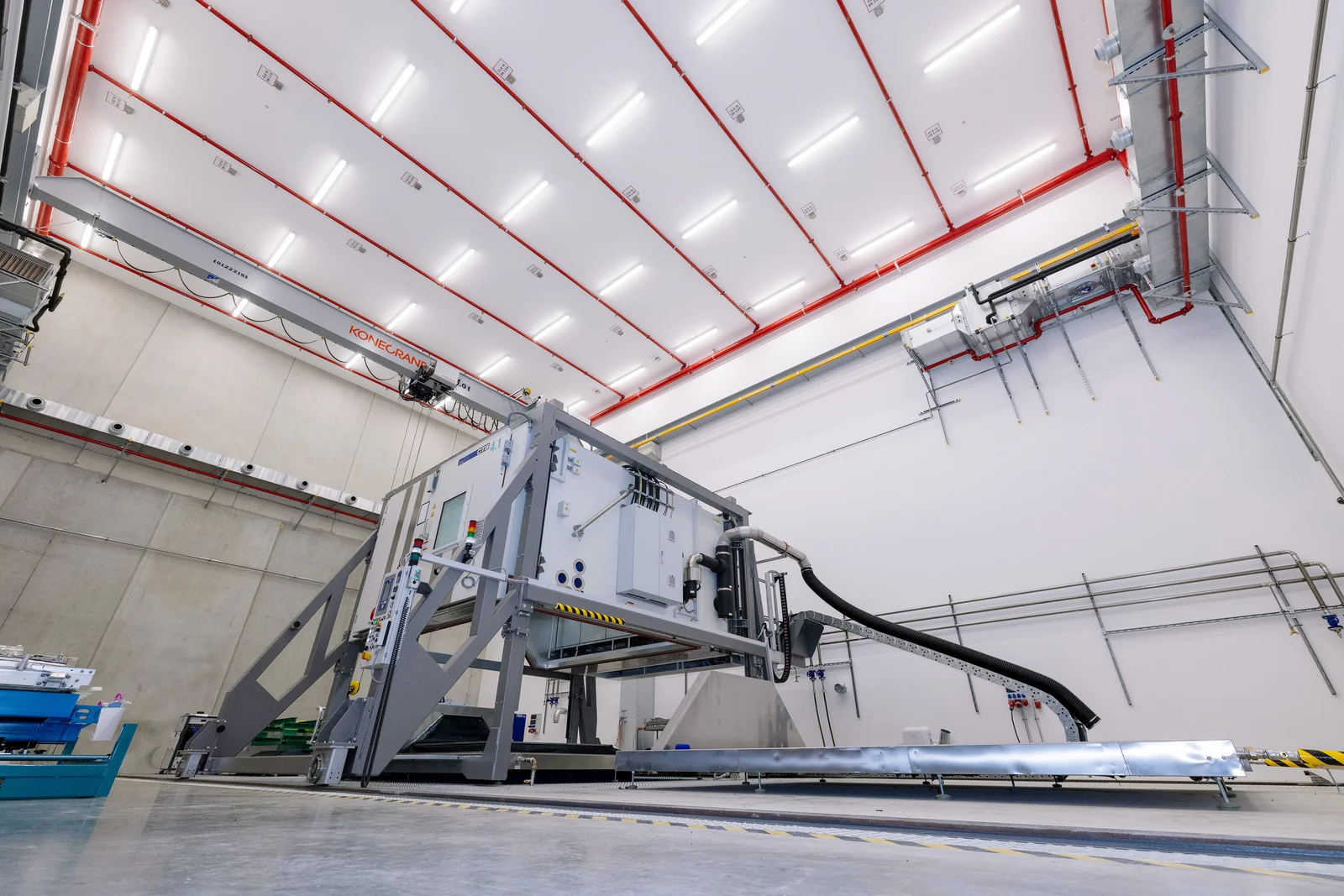
Shaker
Mechanical stress under extreme condition
At the DRÄXLMAIER validation center, the vibration test system, also known as the “shaker,” is used to test mechanical loads on products. These tests include vibrations and mechanical shocks, such as those that occur when simulating a curb crossing or potholes.
Our testing facilities in detail:
Clamping area: horizontal 1.50 m x 2.00 m; vertical 2.00 m x 2.00 m
Climatic chamber size: 27 m³
Test temperature: -48 °C to +85 °C (up to 120 °C)
Relative humidity: up to 95 %
Electrical operation: up to 500 kW (1200 A/1200 V)
Nominal force: Sine 300 kN/random 270 kN/shock 900 kN
Frequency range: 5 Hz–2,000 Hz
Maximum payload: 5 metric tons
Maximum displacement: sine 63.5 mm/random 63.5 mm/shock 76.2 mm
Maximum speed: sine 2.0 m/s/random 2.0 m/s/shock 3.5 m/s
Maximum acceleration: sine 70 g/random 70 g/shock 250 g
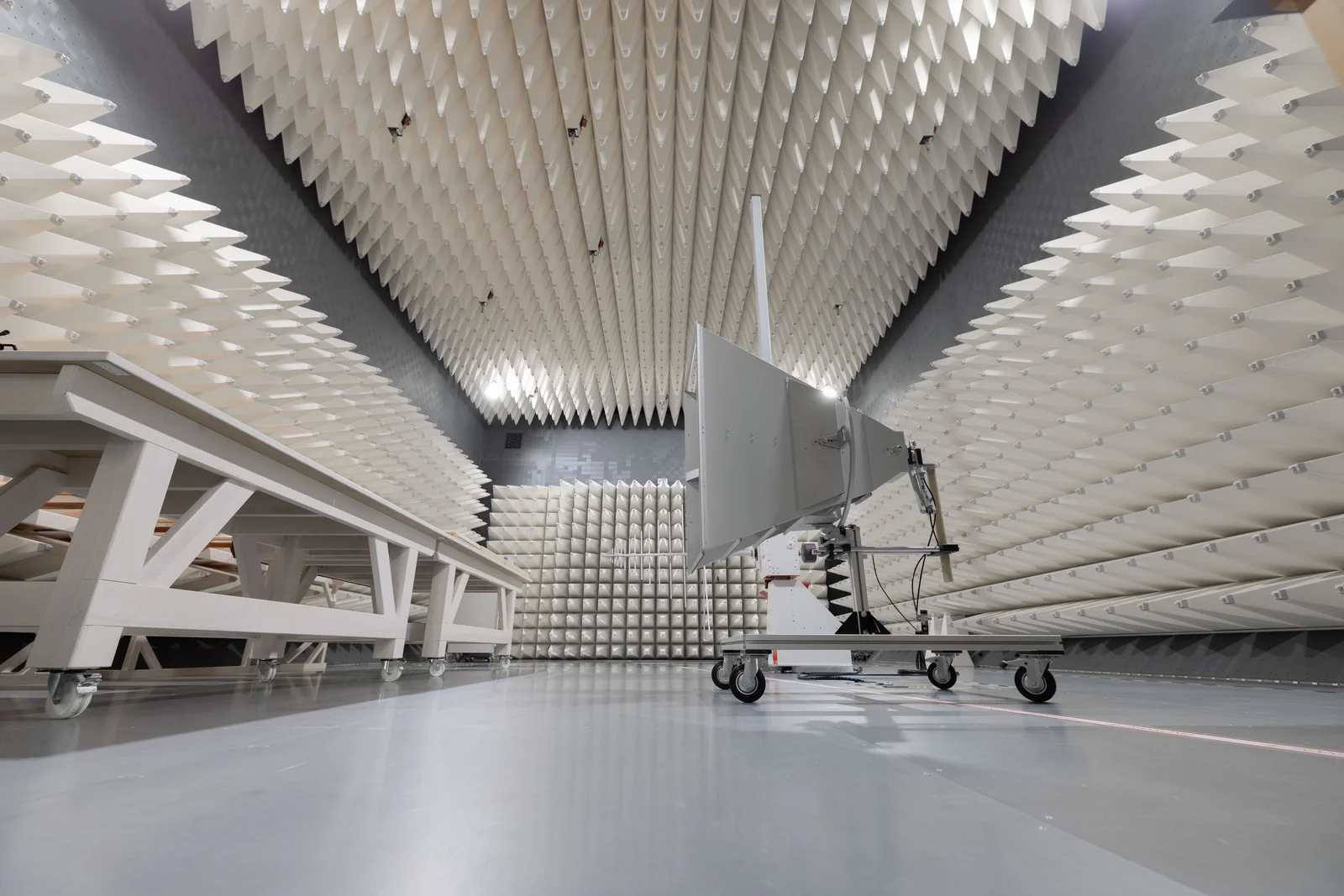
EMC hall
Ensuring electromagnetic compatibility
In the EMC hall, components and systems are tested for interference emission and immunity to ensure that they comply with the applicable normative and regulatory limits. These tests are crucial to ensure that electronics and systems do not interfere with other devices and are not disturbed themselves.
Our test facility in detail:
Design: all current EMC standards (measuring range from DC to max. 40 GHz)
RF amplifier power: up to 1.5 kW
Automation: highly automated EMC measurements
Integration: ready for HV batteries and, if necessary, the entire vehicle
Measuring distances: up to 5 m (SAC5)
